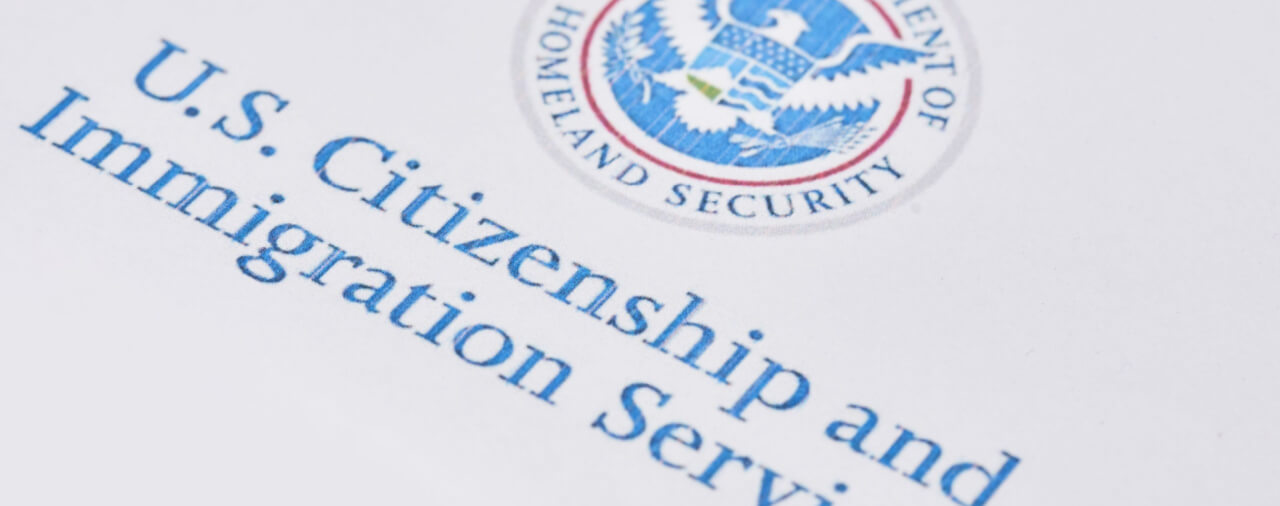- Introduction
- Issues that the CIS Ombudsman Can Help With
- Issues that the CIS Ombudsman Cannot Help With
- Process For Seeking Support From CIS Ombudsman
- Conclusion
Introduction
The United States Citizenship and Immigration Services (USCIS) has an Ombudsman (CIS Ombudsman) [link]. While the Office of the CIS Ombudsman does not adjudicate petitions, applications, and benefit requests, it may assist USCIS customers and attorneys in resolving certain issues with the USCIS. In this article, we will explain how and when to submit a case assistance request with the CIS Ombudsman using the DHS Form 7001, following the guidance on the USCIS website [link].
Issues that the CIS Ombudsman Can Help With
The CIS Ombudsman can assist applicants and beneficiaries, petitioners, and their representatives with the following issues.
Not-receipt of USCIS notices or decisions.
Cases where the beneficiary of a petition may “age out” of eligibility for the requested benefit.
Certain cases involving U.S. military personnel and their families.
Applications and petitions that were improperly rejected by the USCIS due to clear errors of fact or obvious misapplication of the relevant laws.
Typographic errors in immigration documents.
Cases where an individual is in removal proceedings before the immigration court with a hearing scheduled within six months and has an application or petition pending before the USCIS that could impact the outcome of removal proceedings.
Lost files and/or file transfer problems between USCIS offices.
Certain cases involving an emergency or hardship that fall under the USCIS expedite criteria.
Priority-2 Direct Access Program.
Systemic issues that should be given higher level review.
The CIS Ombudsman states that it will generally be able to assist in cases pending outside published case processing times. The CIS Ombudsman asks customers to wait at least 30 days past the “Receipt date for a case inquiry” with USCIS before making a request for assistance. The CIS Ombudsman may also assist in cases where there are no published processing times for the specific request and the case has been pending for more than six months. However, the CIS Ombudsman cautioned that it is “unable to immediately assist with individual cases outside processing times” where the only issue involves the processing time.
Actions the CIS Ombudsman Cannot Undertake
Although the CIS Ombudsman may assist with many issues, there are certain actions that the CIS Ombudsman cannot undertake even in cases where it is able to help.
The CIS Ombudsman cannot communicate with anyone other than the benefit requestior or the attorney representing the requestor without written consent from the requestor.
In the cases of a T visa, U visa, VAWA, or refugee applicant who does not have an attorney or accredited requestor, the requestor’s address must match his or her address in the USCIS systems. In these cases, the CIS Ombudsman may only communicate with the requestor via U.S. postal mail due to laws that require USCIS to keep the case confidential.
The CIS Ombudsman cannot urge the USCIS to take action on an application, petition, or request.
Finally, the CIS Ombudsman cannot fix actions that the requestor undertook after receiving bad information from third parties, including attorneys and designated school officials.
Issues that the CIS Ombudsman Cannot Help With
With limited exceptions, the CIS Ombudsman is unable to assist with the following issues:
Cases that are within published processing times unless there is a statutory or regulatory processing time requirement.
Cases where there is no published processing time for the form type and less than 6 months have passed since the form was filed with the USCIS.
The requester is seeking to change a decision made by the USCIS for reasons other than clear error on the part of USCIS.
The requester disagrees with the USCIS’s denying an expedite request.
Requests for legal advice.
A congressional representative made an inquiry to the CIS Ombudsman regarding the case and less than 30 days have elapsed.
Process For Seeking Support From CIS Ombudsman
The CIS Ombudsman asks individuals to attempt to resolve their issues with the USCIS before seeking assistance from the Ombudsman. If the issue involves case processing times, the requestor or representative should check the case status online to confirm that his or her case is actually outside the applicable processing time.
After confirming that there is an issue that would fall within the purview of the CIS Ombudsman, the individual should contact USCIS to try to resolve the issue. The CIS Ombudsman recomments the following to this effect:
Submit an e-Request to the USCIS if the issue involves processing times, appointment accommodations, typographic errors, or delayed delivery of documents, notices or cards.
The applicant may call the USCIS Contact Center.
If more than 30 days have elapsed since a package that the requestor sent to the USCIS was delivered or since the USCIS cashed the requestor’s filing fee checks, and the requestor has not received a receipt notice, the requestor may send an email inquiry to the Lockbox Support.
Refugee applicants may email the USCIS for assistance using their registered email address. They may also request case status information from their regional Resettlement Support Center.
Individuals with T visa, U visa, or VAWA cases may consult guidance on the USCIS wbesite for email addresses they may use to contact the USCIS about their case.
(Note that the appropriate email addresses can be fould on the USCIS website [link].)
If the requestor is unable to resolve his or her issue with the USCIS, he or she may contact the CIS Ombudsman for assistance. There are three ways to contact the CIS Ombudsman:
Requestors can seek assistance online by filing the DHS Form 7001, Request for Case Assistance [link]. Applicants for U visas, T visas, and VAWA protection will need to provide an original wet signature.
Requestors can download the DHS Form 7001 with instructions, complete it locally, and then email. Please see the DHS Form 7001 page (linked above) for the current email address. Applicants for U visas, T visas, and VAWA protection must provide a wet signature. The CIS Ombudsman notes this option may be appropriate for persons who are abroad and cannot access the USCIS online portal.
The DHS Form 7001 can also be submitted by regular mail. Please see the DHS Form 7001 page (linked above) for the current mailing address.
Finally, please note that the CIS Ombudsman can only assist the following individuals:
Individuals (benefit requestors), employers (petitioners), attorneys, and accredited representatives. An attorney or accredited representative must include a Form G-28, Notice of Entry of Appearance as Attorney or Accredited Representative, for the representative registered with USCIS for the form that he or she is seeking assistance on.
Family members, congressional caseworkers, and others who are authorized by the requestor may help prepare the request for case assistance. However, these individuals must include written consent from the applicant or petitioner.
Conclusion
The CIS Ombudsman is able to help with a wide range of issues. Per the Ombudsman’s instructions, requestors should first try to resolve their issues with the USCIS before seeking assistance from the Ombudsman. In cases where the individual has retained an immigration attorney, the attorney would have a good understanding of the steps to undertake in seeking assistance, including when to make a request to the CIS Ombudsman.





